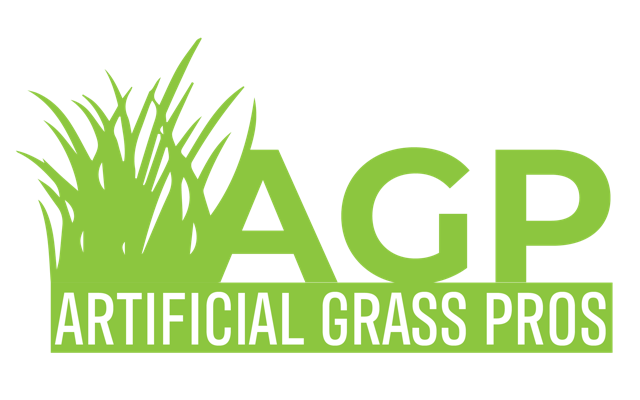Are you considering getting artificial grass for your lawn or already have it installed and want to know the best ways to maintain and prolong its lifespan? If yes, then you’ve come to the right place! Artificial grass offers a beautiful, low-maintenance alternative to natural grass lawns, and with proper care, it can last for years. This blog will delve into the world of artificial grass maintenance, discussing the tips and tricks of keeping your synthetic turf looking as fresh and healthy as the day it was installed.
- Regular Cleaning and Debris Removal
The first step to maintaining your artificial grass is regularly removing debris, such as leaves, twigs, and dirt, that may accumulate on the surface. Use a rake, broom, or leaf blower to gently remove any debris from the turf. While artificial grass is designed to drain water efficiently, the presence of debris can clog the drainage system and create a breeding ground for mold, mildew, and other unwanted organisms. Moreover, keeping your lawn clean also helps to prevent staining and maintain its aesthetic appeal. - Preventing & Removing Weeds
Although artificial grasses are designed to inhibit the growth of weeds, some stubborn weeds may still find their way through the turf or around the edges. Installing a high-quality weed barrier or geotextile fabric underneath the turf during the installation stage can help prevent weed growth. For the existing weeds, it’s important to remove them manually or by using a gentle weed killer, being careful not to damage the grass fibers. - Dealing with Pet Waste
For pet owners, it’s crucial to clean up pet waste immediately to avoid unpleasant odors and preserve the cleanliness of your synthetic lawn. Solid waste should be removed and disposed of properly, while the affected area can be cleaned with water and a mild detergent if needed. To neutralize pet odors, specially designed artificial grass deodorizers or a solution of water and white vinegar can be used. If you have multiple pets or heavy usage, consider installing a designated pet area with a separate drainage system to minimize maintenance efforts. - Brushing and Grooming the Turf
To keep the grass fibers standing upright for a natural and lush appearance, regular brushing is essential. Using a soft-bristled broom or a specialized grooming brush, gently brush your artificial grass in the opposite direction of the fibers once every couple of weeks or as needed. Be cautious not to use a metal-bristled broom or rake, as these can damage the fibers and backing of the turf. Brushing also helps to redistribute infill material and prevents compaction, ensuring the best possible drainage for your lawn. - Inspecting and Repairing Seams and Edges
Over time, the seams and edges of your artificial grass may need attention. Regularly inspect the joints and the perimeter to ensure that the turf has not been lifted or damaged by pets, rodents, or external factors. If you notice any loose seams or edges, you may need to reapply adhesive to the affected area. For more significant damages or wear and tear issues, it’s essential to consult a professional artificial grass installer for proper repairs.
Artificial grass is an attractive, low-maintenance alternative to natural lawns that can save you time, money, and resources if maintained properly. By following these simple tips on regular cleaning, debris and weed removal, pet waste management, brushing, and inspecting seams and edges, you can keep your artificial lawn looking pristine for years to come. Remember, investing some effort into maintaining your artificial grass not only prolongs its lifespan but also preserves its perks, ensuring that you continue to enjoy a beautiful, trouble-free lawn space in the long run.
Look into our other great reads for more info today!

Recent Comments